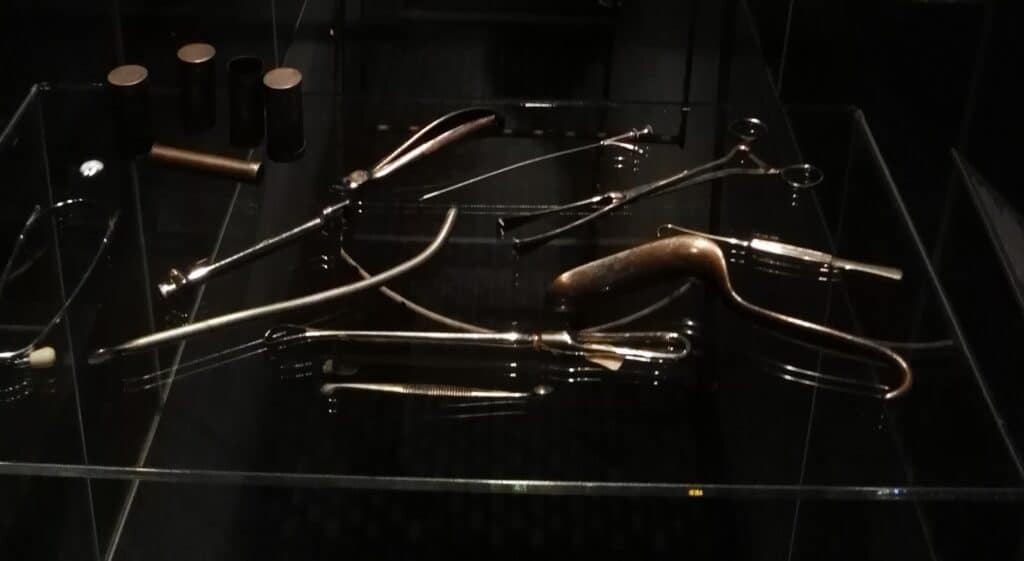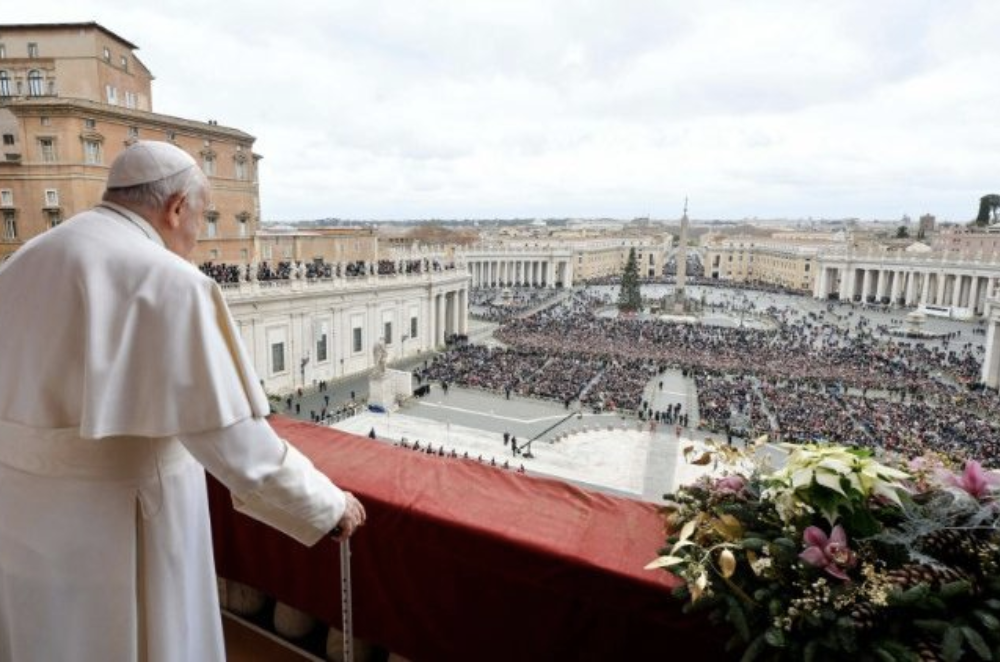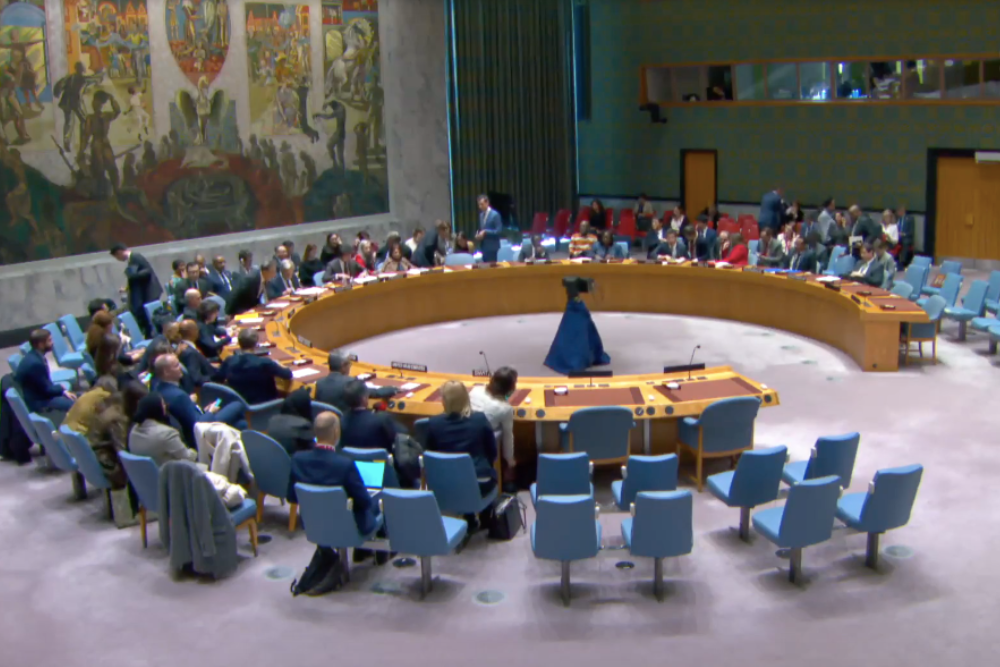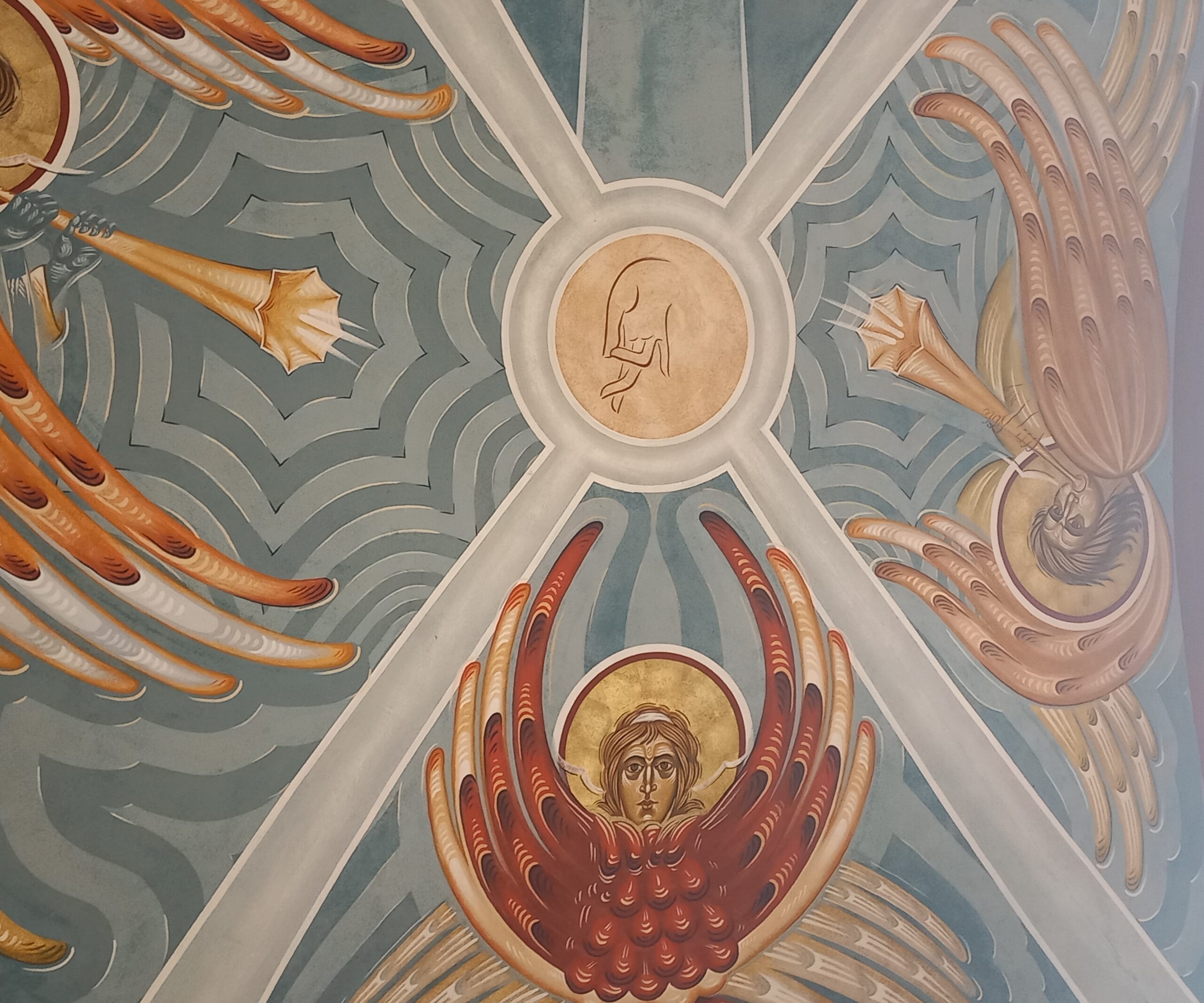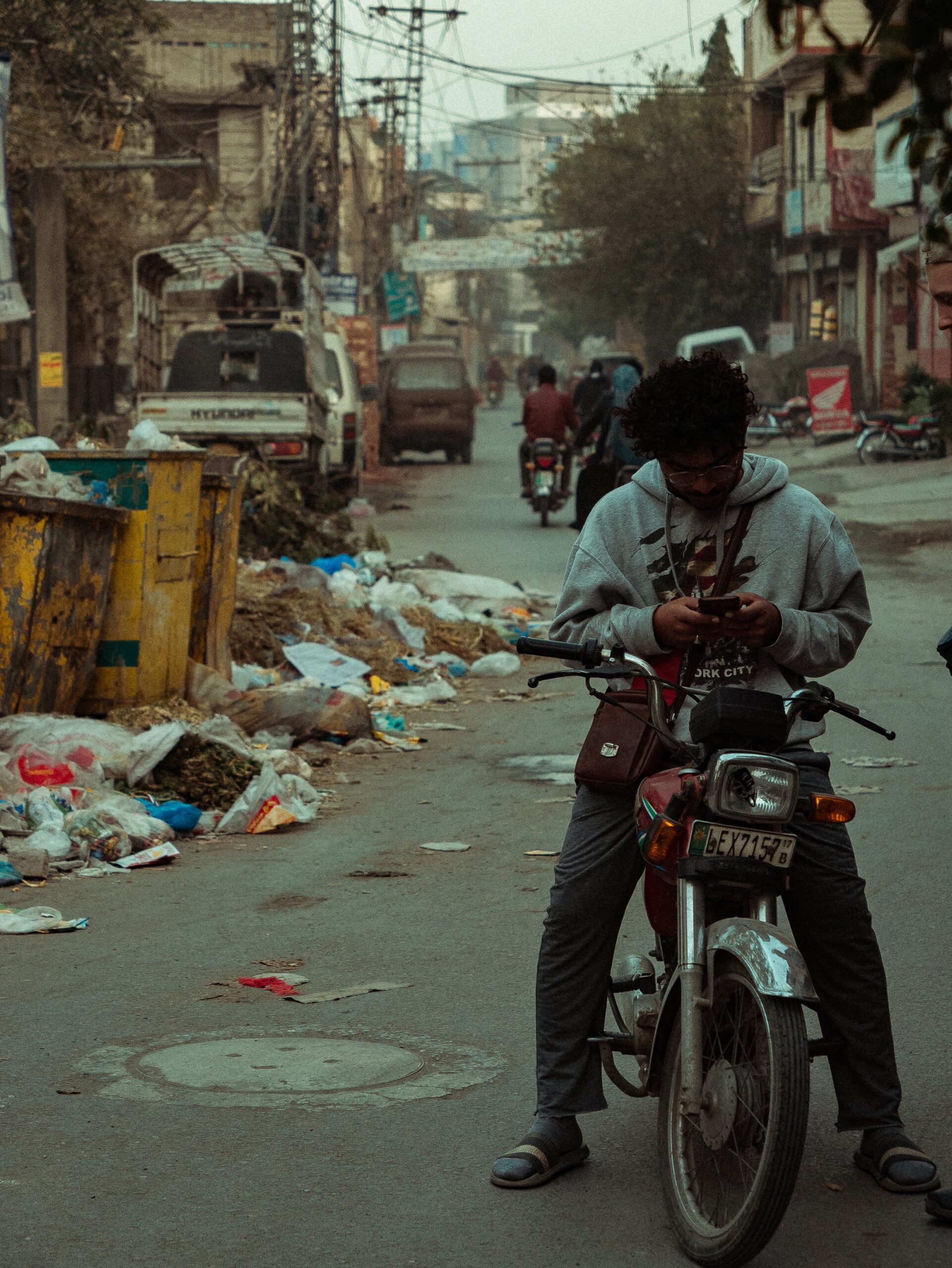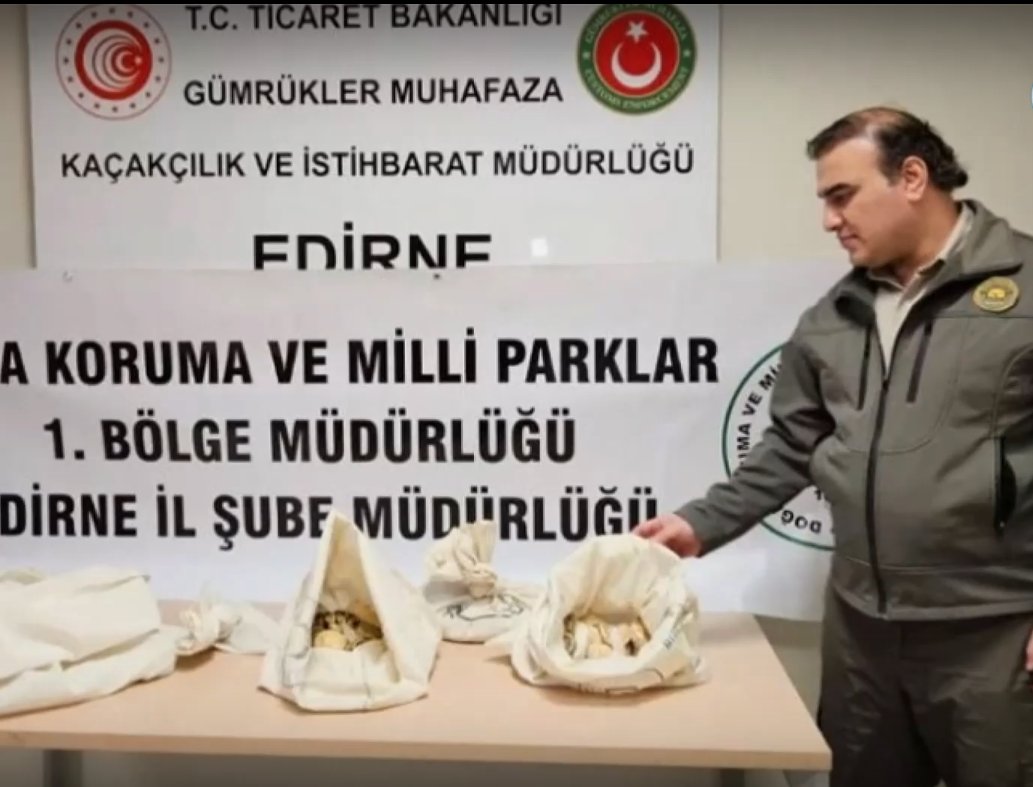Opening new possibilities for quantum sensors, atomic clocks and tests of fundamental physics, JILA researchers have developed new ways of “entangling” or interlinking the properties of large numbers of particles. In the process, they have devised ways to measure large groups of atoms more accurately even in disruptive, noisy environments.
Higher accuracy atomic clocks, such as the “tweezer clock” depicted here, could result from linking or “entangling” atoms in a new way through a method known as “spin squeezing,” in which one property of an atom is measured more precisely than is usually allowed in quantum mechanics by decreasing the precision in which a complementary property is measured. Image credit: S. Burrows/JILA
The new techniques are described in a pair of papers published in Nature. JILA is a joint institute of the National Institute of Standards and Technology (NIST) and the University of Colorado Boulder.
“Entanglement is the holy grail of measurement science,” said Ana Maria Rey, a theoretical physicist and a JILA and NIST Fellow.
“Atoms are the best sensors ever. They’re universal. The problem is that they’re quantum objects, so they’re intrinsically noisy. When you measure them, sometimes they’re in one energy state, sometimes they’re in another state. When you entangle them, you can manage to cancel the noise.”
When atoms are entangled, what happens to one atom affects all the atoms entangled to it. Having dozens — better yet, hundreds — of entangled atoms working together reduces the noise, and the signal from the measurement becomes clearer, more certain. Entangled atoms also reduce the number of times scientists need to run their measurements, getting results in less time.

Spintronics – artistic concept. Image credit: Creativity103 via Flickr, CC BY 2.0
One means of entanglement is with a process called spin squeezing. Like all objects that obey the rules of quantum physics, atoms can exist in multiple energy states at once, an ability known as superposition. Spin squeezing reduces all those possible superposition states in an atom to just a few possibilities. It’s like squeezing a balloon.
When you squeeze the balloon, the middle shrinks and the opposite ends become bigger. When atoms are spin squeezed, the range of possible states they can be in narrows in some directions and expands in others.
But it’s harder to entangle atoms that are farther away from each other. Atoms have stronger interactions with atoms that are closest to them; the farther away the atoms, the weaker their interactions.

Quantum physics, sea of excitons – artistic interpretation. Image credit: Sigmund via Unsplash, free license
Think of it like people talking at a crowded party. People closest to each other can have a conversation, but those across the room can barely hear them, and the information gets lost down the line. Scientists want the whole party of atoms to talk to each other at the same time. Physicists around the world are all looking at different ways to achieve that entanglement.
“A major goal in the community is to produce entangled states to get higher-precision measurements in a shorter amount of time,” said Adam Kaufman, a physicist and JILA Fellow.
Kaufman and Rey worked together on proposals to achieve that entanglement, one of which Rey and her collaborators at the University of Innsbruck in Austria demonstrated.
In this experiment, the team lined up 51 calcium ions in a trap and used lasers to induce interactions between them. This is because the laser excites phonons, vibrations sort of like sound waves between the atoms.
Those phonons spread down the line of atoms, linking them together. In prior experiments, these links were engineered to be static, so an ion could only talk to a specific set of ions when illuminated by the lasers.

Quantum states, quantum physics – artistic interpretation. Image credit: Ben Wicks via Unsplash, free license
By adding external magnetic fields, it was possible to make the links dynamic, growing and changing over time. That meant an ion that could talk to only one group of ions at first could talk to a different group, and eventually, it was able to talk to all other ions in the array.
This overcomes that distance problem, Rey says, and the interactions were strong all the way down the line of atoms. Now all the atoms were working together, and they could all talk to each other without losing the message along the way.
Within a short amount of time, the ions became entangled, forming a spin-squeezed state, but with a little more time, they transformed into what’s called a cat state. This state is named for Erwin Schrodinger’s famous thought experiment about superposition, in which he proposed that a cat trapped in a box is both alive and dead until the box is opened and its state can be observed.
For atoms, a cat state is a special kind of superposition in which the atoms are in two diametrically opposed states, like up and down, at the same time. Cat states are highly entangled, Rey points out, making them especially great for measurement science.
The next step will be to try this technique with a two-dimensional array of atoms, upping the number of atoms to improve how long they can stay in these entangled states. Additionally, it could potentially let scientists make measurements more precisely and much quicker.
Spin-squeezing entanglement could also benefit optical atomic clocks, which are an important measurement science tool. Kaufman and his group at JILA, along with collaborators in NIST/JILA colleague Jun Ye’s group, tested a different method in another study in this issue of Nature.
The researchers loaded 140 strontium atoms into an optical lattice, a single plane of light to hold the atoms. They used finely controlled beams of light, called optical tweezers, to place the atoms into little subgroups of 16 to 70 atoms each.
With a high-power ultraviolet laser, they excited the atoms into a superposition of their usual “clock” state and a higher-energy Rydberg state. This technique is called Rydberg dressing.
The clock state atoms are like the quiet people at the crowded party; they don’t strongly interact with others. But for atoms in the Rydberg state, the outermost electron is so far from the center of the atom that the atom is effectively very large in size, enabling it to interact more strongly with the other atoms.
Now the whole party is talking. With this spin-squeezing technique, they can create entanglement across the entire array of 70 atoms.
The researchers compared frequency measurements between 70-atom groups and found that this entanglement improved precision below the limit for unentangled particles, known as the standard quantum limit.
Quicker, more precise measurements will allow these clocks to be better sensors to search for dark matter and produce better time and frequency measurements.
Papers:
Johannes Franke, Sean R. Muleady, Raphael Kaubruegger, Florian Kranzl, Rainer Blatt, Ana Maria Rey, Manoj K. Joshi and Christian F. Roos. Quantum-enhanced sensing on optical transitions through finite-range interactions. Nature. Aug. 30, 2023. DOI: 10.1038/s41586-023-06472-z
William J. Eckner, Nelson Darkwah Oppong, Alec Cao, Aaron W. Young, William R. Milner, John M. Robinson, Jun Ye and Adam M. Kaufman. Realizing spin squeezing with Rydberg interactions in an optical clock. Nature. Aug. 30, 2023. DOI: 10.1038/s41586-023-06360-6
Source: NIST




